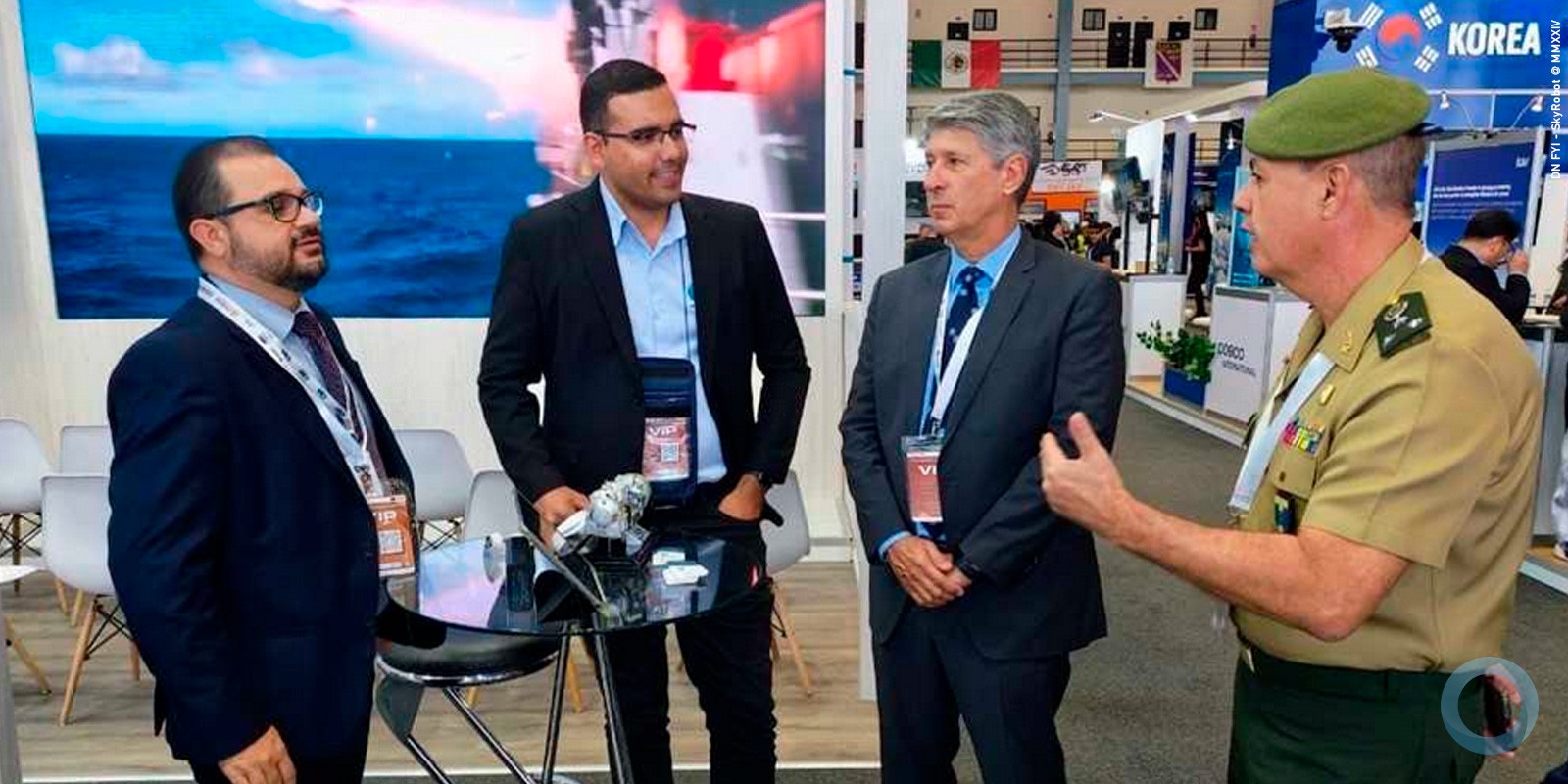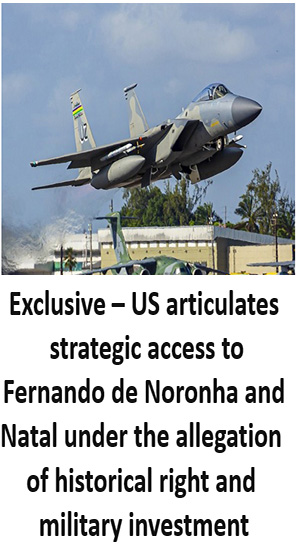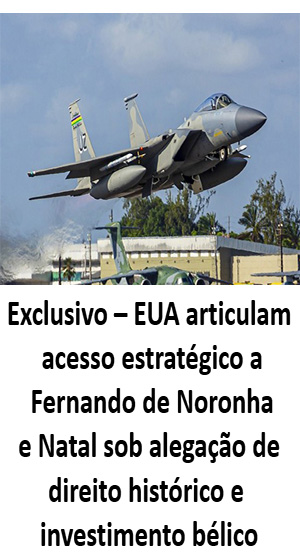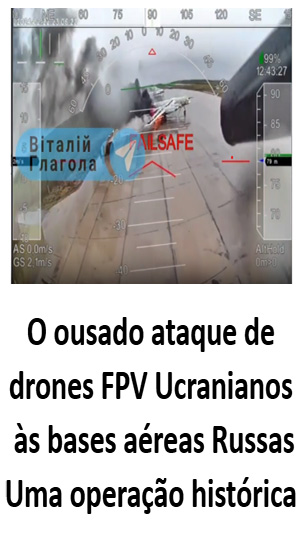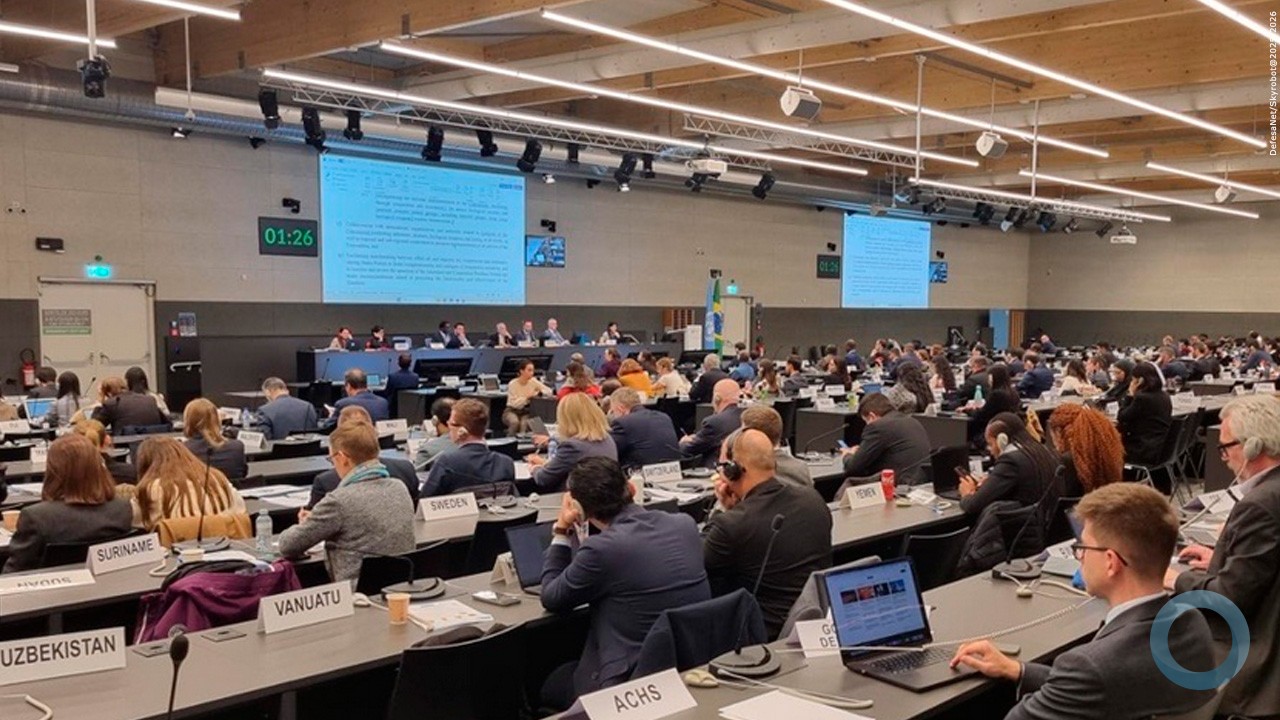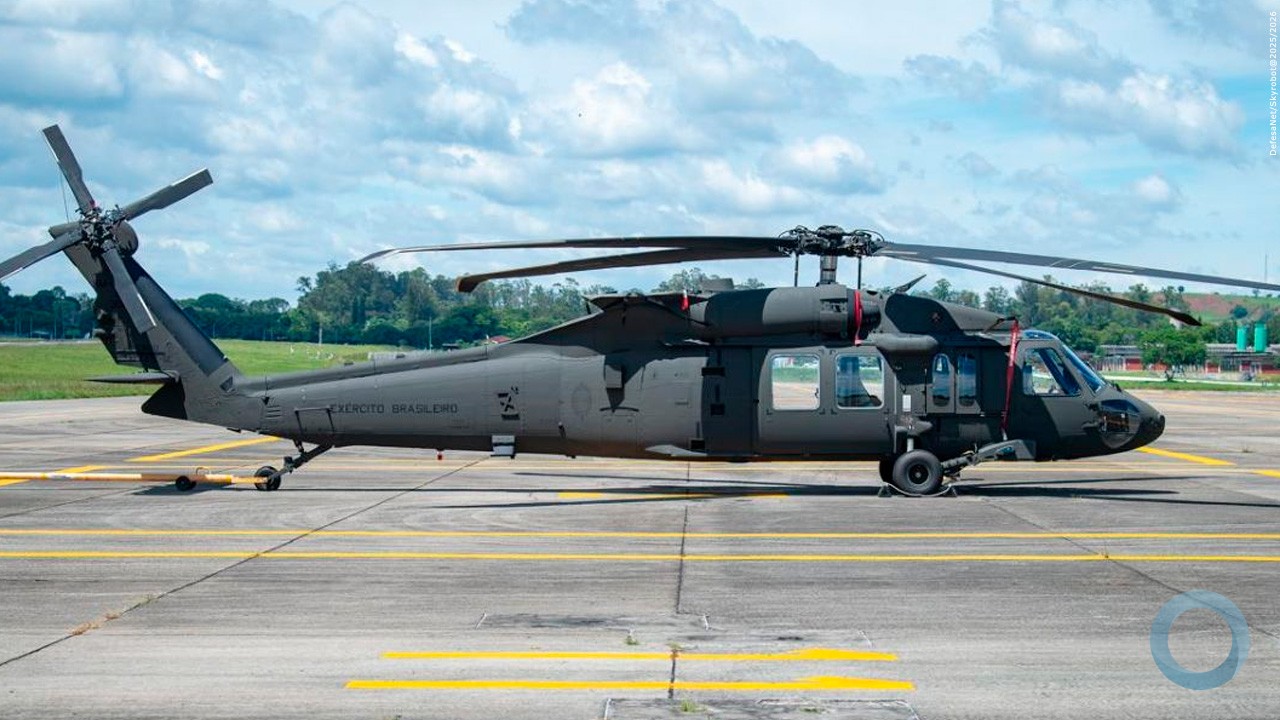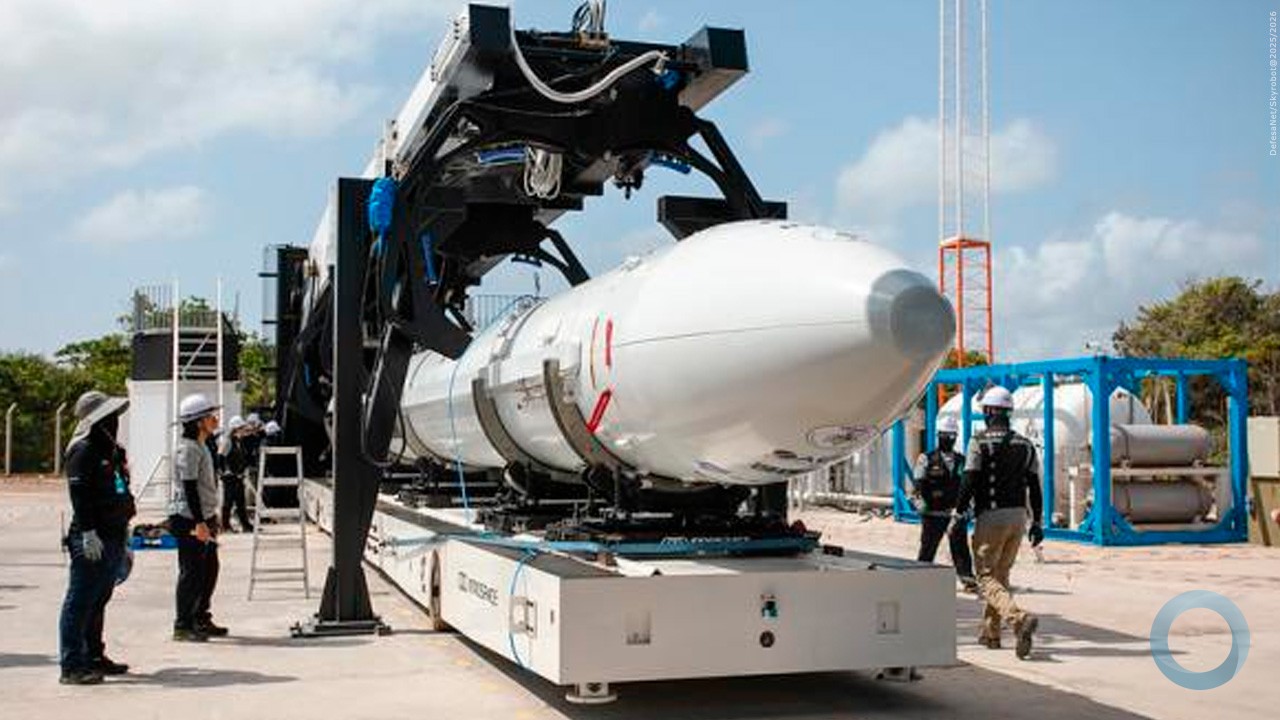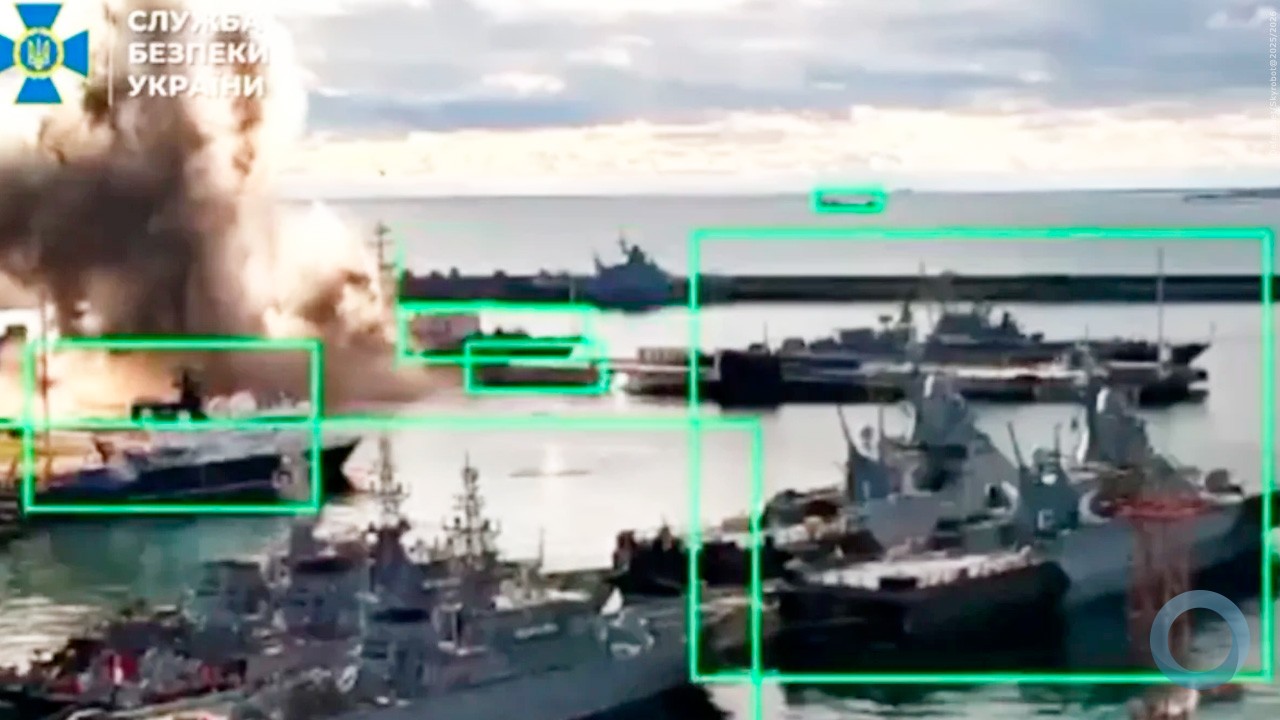Andréa Barretto
With the third longest border in the world —nearly 17,000 km — Brazil is using technology to meet the challenge of defending its frontiers. This is done by using satellites, radars, and sensors based in the Integrated Border Monitoring System (SISFRON, per its Portuguese acronym), a program that will receive an injection of about $154 million in 2017, as stated by Brazilian Defense Minister Raul Jungmann in January.
SISFRON represents the Defense Ministry’s main commitment of controlling the border regions, which are common locations for various kinds of illegal activity, as well as a gateway for narcotics.
“It is through border security that we will be able to fight drugs, contraband, and trafficking in illicit goods,” Jungmann stated during his January 20th visit to a SISFRON center in Dourados, in the state of Mato Grosso do Sul.
Intelligence and support for decision-making
As planned by the Brazilian Army, SISFRON has been in an implementation phase since 2013, with 70 percent of the pilot program already completed. If the financial conditions remain as predicted, this phase will conclude in 2018.
“All the data gathered by these SISFRON tools is aimed at executing intelligence capabilities for more effective decision-making on how we should use our troops,” said Lieutenant General Gerson Forini, the program manager.
Initial phase
SISFRON’s pilot phase covers 660 km of border area, or 4 percent of the total length the system will reach when finished. This border zone is located within the area of operations of the 4th Mechanized Cavalry Brigade, headquartered in Dourados. The brigade is located in the south of the state, which borders Paraguay.
The cost of the program from the start of its implementation in 2013 has been about $327 million, spent on engineering projects. For example, building information highways for data transmission, constructing command and control centers, and a place to house the Communications Battalion. This latter unit was created to safeguard strategic SISFRON communications within the Western Military Command’s area of responsibility.
“The aspects of the pilot program having to do with engineering projects and the acquisition of military-use equipment for operational support are practically finished,” Lt. Gen. Forini noted. “What is now needed is to develop the core part of the program, which is the remote sensing and decision-making support component.”
In mentioning the remote sensing and decision-making support component, Lt. Gen. Forini is referring to the structures and equipment that require more technological sophistication, such as long-range cameras and radars. It is on this point that the budget forecast for 2017 is set to focus on.
Another pivotal stage for SISFRON this year is the launching of the Geostationary Defense and Communications Satellite (SGDC, per its Portuguese acronym), which is planned to enter orbit on March 21st. This satellite project is not directly related to SISFRON but will serve the program nonetheless.
SGDC is an initiative of the Ministry of Defense and the Ministry of Science, Technology, Innovation, and Communications. The satellite will have civilian, as well as military uses, and 30 percent of its resources will be exclusively for military use. “A portion of SISFRON’s satellite communications will be supported by this satellite,” Lt. Gen. Forini confirmed.
SISFRON in action
The SISFRON architecture being completed, and the equipment that has already been acquired, are now being used by the military units of the 4th Brigade, both in day-to-day operations set by the brigade or the Western Military Command, as well as in larger operations, such as Ágata. In each case, the use of SISFRON resources represents an opportunity to test how the equipment functions.
In addition, annual exercises are being conducted that are geared exclusively towards verifying the effectiveness of the equipment and updating the soldiers’ training. “At present, we are doing field testing to see whether what we have acquired is within the contractual specifications and whether what we have been provided is operationally suited to its planned use. For example, to see whether a radio is able to communicate with another radio over a distance that was previously set,” Lt. Gen. Forini clarified.
North-south expansion
Despite the pilot program’s focus on the 4th Mechanized Cavalry Brigade’s area of operations, some projects are already targeting their expansion towards Brazil’s northern and southern borders.
But sorting out which direction the program will take depends on an evaluation of the pilot program, as well as the strategic needs of the Army. “The initial forecast was that the second phase of SISFRON would cover the area from Santa Catarina to Acre in one fell swoop. But we have already seen that that is not possible, due to budgetary uncertainty, among other reasons. So the decision, for the time being, is that we should move ahead brigade by brigade,” Lt. Gen. Forini explained.
Furthermore, he noted that up to June of this year, the Army may still determine which military unit will be the next to get SISFRON.
Beyond SISFRON
Meanwhile, Ministry of Defense operations geared towards protecting Brazil’s national interests go beyond the SISFRON initiative. In addition to the Brazilian Army, the Air Force and the Navy are also developing projects to bolster their operational capabilities in specific areas of operation.
“When it [SISFRON] is completed, we will jointly be covering all of our air, sea, and land space through integration with the Navy’s Blue Amazon Management System, and the Air Force’s Strategic Space Systems Program,” Minister Jungmann noted during his visit to the SISFRON center in Dourados.






